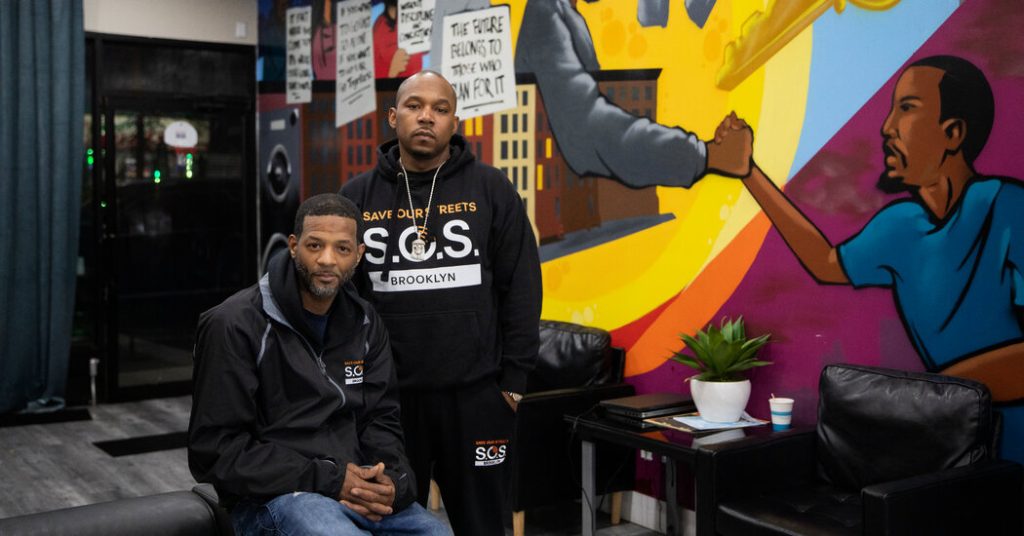New York City has long relied on both traditional policing methods and violence interrupters in an effort to reduce gun violence. These interrupters, often former gang members with street credibility, work to defuse disputes before they escalate into violence. However, tensions between the police and interrupters reached a boiling point in February when two interrupters were arrested while trying to calm a man being detained for drug possession. The arrests and subsequent fallout have raised concerns about Mayor Eric Adams’s public safety strategy, which heavily involves the use of interrupters to supplement traditional policing.
Despite studies showing that interrupters can help reduce crime and gun violence, some rank-and-file officers are resistant to their presence. This resistance often stems from suspicions about the criminal backgrounds of some interrupters, as many have served prison time or have been convicted of serious crimes. The recent arrests of interrupters, including those from Save Our Streets in Brooklyn, have led to tensions between the police and interrupters, potentially hindering the effectiveness of the city’s violence-interruption programs.
In response to the arrests and escalating tensions, city officials have planned additional meetings between the police and interrupters, as well as more funding for violence-interruption programs. The goal is to improve partnerships between the two groups and enhance training for both police officers and outreach workers. However, interrupters believe that recent aggressive behavior from the police is linked to movements like “defund the police” and calls for criminal justice reform, which have put additional strain on their relationship with law enforcement.
Interrupters play a crucial role in preventing violence by talking to victims and perpetrators, defusing conflicts, and brokering truces. Their work can be dangerous, as evidenced by a Brownsville interrupter who was shot and wounded while on the job. Despite the risks, interrupters like Dequann Stanley remain committed to reducing gun violence in their communities. Stanley, who was arrested in February, continues to work as an interrupter, despite feeling anxious about dealing with the police in addition to stopping conflicts on the streets.
The interrupter model has proven to be effective in reducing gun violence in New York City, with one study showing a 63% decrease in the number of shooting victims in a Bronx neighborhood where interrupters were active. Other cities like Baltimore, Chicago, and St. Louis have also invested in violence intervention programs, indicating the potential for widespread adoption of the interrupter approach to gun violence prevention. Despite challenges and tensions with law enforcement, interrupters remain dedicated to their work in helping keep communities safe and reducing violence.
In light of the tensions between the police and interrupters, it is essential to establish clearer guidelines and boundaries for the roles of each group in preventing violence. Police officers see themselves as the legal arm of the government tasked with confronting violence, while interrupters work more “upstream” to prevent violence before it occurs. By addressing misunderstandings and establishing mutual respect between the two groups, the city can enhance its efforts to reduce gun violence and create safer communities for all residents.


